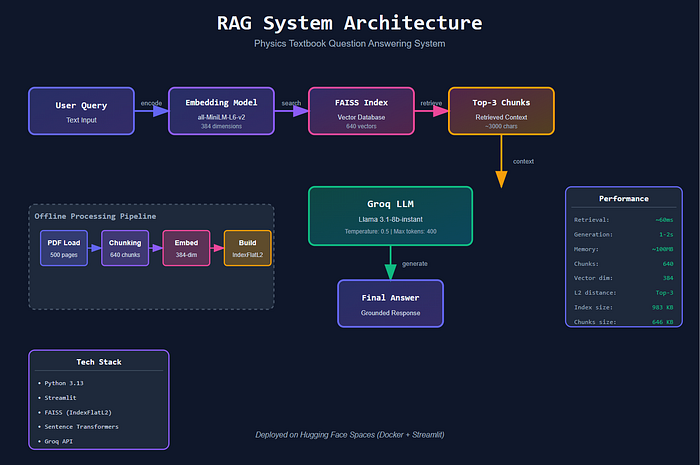Introduction to Enterprise Taxonomy
The world of enterprise taxonomy is a complex and fascinating field that involves the use of artificial intelligence (AI), operations, analytics, business, and data and information. In this article, we will explore the different aspects of enterprise taxonomy and how they are interconnected.
What is Enterprise Taxonomy?
Enterprise taxonomy refers to the classification and organization of data and information within an enterprise or organization. It involves the use of various techniques and tools to categorize and structure data in a way that makes it easily accessible and usable. This is particularly important in today’s digital age, where vast amounts of data are being generated and collected every day.
The Role of AI in Enterprise Taxonomy
Artificial intelligence (AI) plays a significant role in enterprise taxonomy. AI algorithms can be used to analyze and categorize large amounts of data, making it easier to identify patterns and relationships. AI-powered tools can also be used to automate the process of data classification, reducing the need for manual intervention and increasing the speed and accuracy of the process.
Operations and Enterprise Taxonomy
Operations are a critical component of enterprise taxonomy. This involves the day-to-day management of data and information, including data collection, storage, and retrieval. Effective operations are essential for ensuring that data is accurate, up-to-date, and easily accessible.
The Importance of Analytics in Enterprise Taxonomy
Analytics is another key aspect of enterprise taxonomy. Analytics involves the use of statistical and mathematical techniques to analyze and interpret data. This can help organizations to gain insights and make informed decisions. In the context of enterprise taxonomy, analytics can be used to analyze data classification and identify areas for improvement.
Business and Enterprise Taxonomy
Business is a vital component of enterprise taxonomy. This involves the use of data and information to drive business decisions and outcomes. Effective enterprise taxonomy is essential for businesses to compete in today’s digital age. By classifying and organizing data in a way that makes it easily accessible and usable, businesses can gain a competitive advantage and make informed decisions.
Data and Information in Enterprise Taxonomy
Data and information are the foundation of enterprise taxonomy. This involves the collection, storage, and retrieval of data, as well as the use of various tools and techniques to classify and analyze it. Effective management of data and information is essential for ensuring that data is accurate, up-to-date, and easily accessible.
Conclusion
In conclusion, enterprise taxonomy is a complex and multifaceted field that involves the use of AI, operations, analytics, business, and data and information. By understanding the different aspects of enterprise taxonomy, organizations can gain a competitive advantage and make informed decisions. Effective enterprise taxonomy is essential for businesses to compete in today’s digital age.
FAQs
Q: What is enterprise taxonomy?
A: Enterprise taxonomy refers to the classification and organization of data and information within an enterprise or organization.
Q: What role does AI play in enterprise taxonomy?
A: AI plays a significant role in enterprise taxonomy, including the use of AI algorithms to analyze and categorize large amounts of data.
Q: What is the importance of analytics in enterprise taxonomy?
A: Analytics is essential for analyzing data classification and identifying areas for improvement.
Q: How does business relate to enterprise taxonomy?
A: Business is a vital component of enterprise taxonomy, involving the use of data and information to drive business decisions and outcomes.
Q: What is the significance of data and information in enterprise taxonomy?
A: Data and information are the foundation of enterprise taxonomy, involving the collection, storage, and retrieval of data, as well as the use of various tools and techniques to classify and analyze it.











